Starbucks "Star Tea" is off the shelves! It's time to talk about Starbucks' frustrated tea business.
For professional baristas, please follow the coffee workshop (Wechat official account cafe_style)
In recent weeks, friends in the United States have found that peach, green, lemon tea (Peach Green Tea Lemonade) on the Starbucks drink list has disappeared without warning. Business Insider confirmed that Starbucks has removed peach and mango syrup, the most important raw material for making peach green tea and lemon tea, and will never drink this tea again.
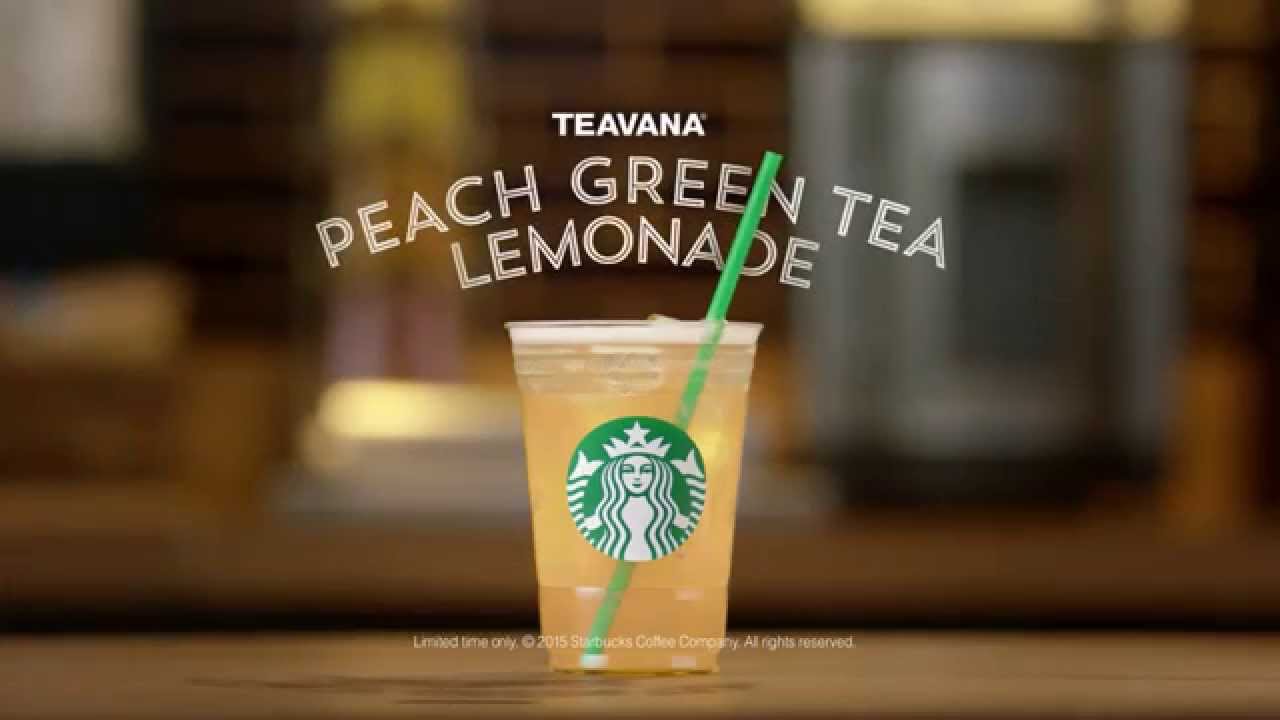
Instead, Starbucks launched new products, peach, citrus, white tea, lemon tea (Peach Citrus White Tea Infusion Lemonade) and pineapple black tea lemon tea (Pineapple Black Tea Infusion Lemonade).
This caused the dissatisfaction of the majority of tea friends, and some netizens even expressed on Twitter that they would boycott Starbucks.
Netizen 1: Starbucks is so bold that it dares to remove peach mango syrup from its shelves!

Netizen 2: too angry, boycott Starbucks!

This year is destined to be a turbulent year for Starbucks' tea business.
Peach green tea lemon tea has been on the Starbucks resident menu since early last year, and the sudden cancellation made many loyal fans feel "angry".
In fact, this is the third time Starbucks has put a knife on tea this year.
Starbucks used a knife on its tea for the first time.
Close Teavana stores that once had high hopes.
In October 2013, Starbucks opened its first Teavana Tea Bar in New York with the slogan "run tea like coffee" and plans to open at least 1000 tea stores within five to 10 years.
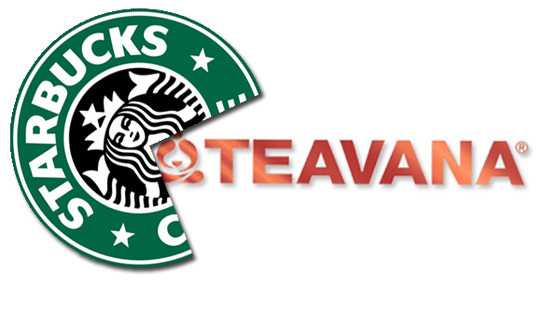
The ideal is plump, but the reality is bony. By July 2017, as many Teavana stores were a drag on performance, Starbucks had to announce that it would close all its 379 Teavana stores by 2018, most of which would be closed next spring.
Starbucks' plan to enter the tea industry failed in the end.
The failure of Starbucks to enter tea also has something to do with the lack of tea drinking habits of American consumers; Starbucks' most successful Frappuccino and latte series, and there are some problems with Teavana's business strategy. It offers tea, snacks and light snacks, but no coffee alone; Starbucks stores, by contrast, have more choices and cheaper prices than Teavana teas.
Starbucks wielded a knife on its tea for the second time.
Sell the mid-range tea brand TAZO
In early November, Starbucks sold its Tazo tea brand for $384 million. Starbucks responded that its move was to refocus on its main business.

Tazo, founded in 1994, is a manufacturer and distributor of tea and herbal tea. It was acquired by Starbucks in 1999 for $8.1 million and is mainly sold in packaged and bottled drinks in grocery stores and convenience stores.
As the two major tea brands of Starbucks, Tazo is oriented towards the middle end. Besides selling in Starbucks stores, Tazo can also be seen in some superstores; Teavana is high-end, acquired by Starbucks in 2012, and Starbucks intends to gradually replace Tazo in tea products with Teavana.

In the past 12 months, Starbucks has sold more than $1.6 billion worth of Teavana tea drinks. As a reference, sales of Tazo tea for the whole of 2016 were $112 million, which is nothing compared to in-store tea sales.
According to Starbucks' response, after the transfer of Tazo business to Unilever, Starbucks' tea business will focus on its high-end tea brand Teavana, which will focus on promoting the implementation of Starbucks' high-end tea growth strategy. Starbucks also stressed that the Teavana brand allows enterprises to continue to see the growth of high-end tea business.
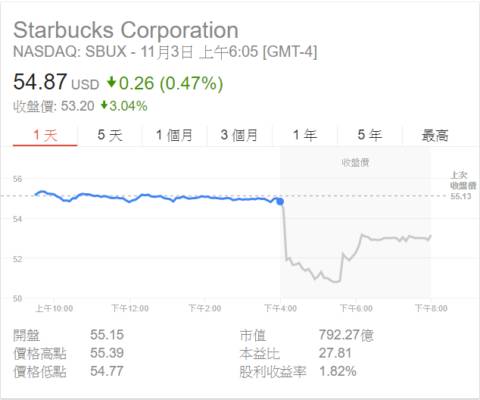
Editor's comments
In the final analysis, Starbucks has made a series of moves this year for a common purpose: to better sell tea.
The hopeful Teavana teahouse encountered a Waterloo and was closed; but Teavana tea sold in Starbucks stores was so popular and growing that Starbucks insisted on moving in the direction of the high-end tea market; other mid-range positioning brands, such as Tazo, whose profits did not meet their targets and were not part of the development plan, decisively broke their wrists. The boldness of Starbucks executives is evident.
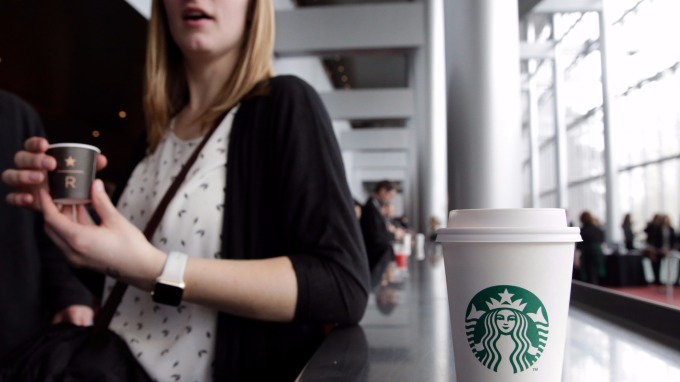
All this shows that Starbucks has learned that instead of working hard to open up brick-and-mortar teahouses, it is better to take advantage of existing advantages to develop Teavana drinks and instant tea in Starbucks stores.
Important Notice :
前街咖啡 FrontStreet Coffee has moved to new addredd:
FrontStreet Coffee Address: 315,Donghua East Road,GuangZhou
Tel:020 38364473
- Prev
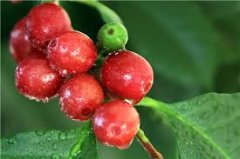
Introduction to the Flavor of Coffee Bean production method in Ethiopia Valley Jikor Shamakanisha treatment Plant
Mokanisha processing Plant is part of Israel Degfa, the owner of a very large-scale coffee business in Ethiopia. Many parts of Ethiopia (Yega, Guji, etc.) have more than 20 studios at an altitude of 1900-2300 meters above sea level. Hundreds of small farmers near the Mokanisha treatment plant deliver bright red ripe berries harvested manually every day.
- Next
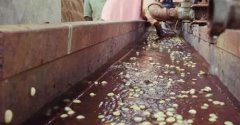
Ethiopia Red Cherry Project Xie Like Shilcho Cooperative G1 washed coffee beans Details
Professional barista exchanges, please pay attention to coffee workshop (Weixin Official Accounts qianjieccoffee) Ethiopia is the first country to discover coffee, and it is still the most important producing country and the best in terms of coffee quality and output. Most coffee is traditional Arabica, with an annual output of about 350,000 tons and more than 70% exported to all countries in the world. About 15 million people in China are engaged in coffee.
Related
- What documents do you need to go through to open a coffee shop? coffee shop coffee shop certificate processing process
- How to purchase Coffee beans in small Cafe how to choose a suitable supplier for domestic Coffee supply Company
- How to drink Starbucks Fragrance White Coffee? how to make Australian White Coffee? what Italian coffee beans are recommended?
- The Story of Flora Coffee: the name of Flora Coffee Bean and the implication of the Flowers on Florna Coffee
- How much does a cup of coffee cost? How much is the profit of a cup of coffee? What is the profit of the coffee shop in a year?
- Yunnan small Coffee, known as "fragrant Coffee", introduces the characteristics of Alpine Arabica Coffee producing areas in Yunnan, China
- 2023 latest Starbucks full menu price list how much is a cup of Starbucks coffee what is better to drink the most popular hot and cold drinks recommended
- Starbucks different kinds of Coffee Price list Starbucks menu 2023 Top Ten Best drinks in Starbucks
- Starbucks Spring praise Comprehensive matching Coffee Bean theme Story Packaging implication and taste description
- The cost of a cup of coffee latte American coffee cost price and selling price

